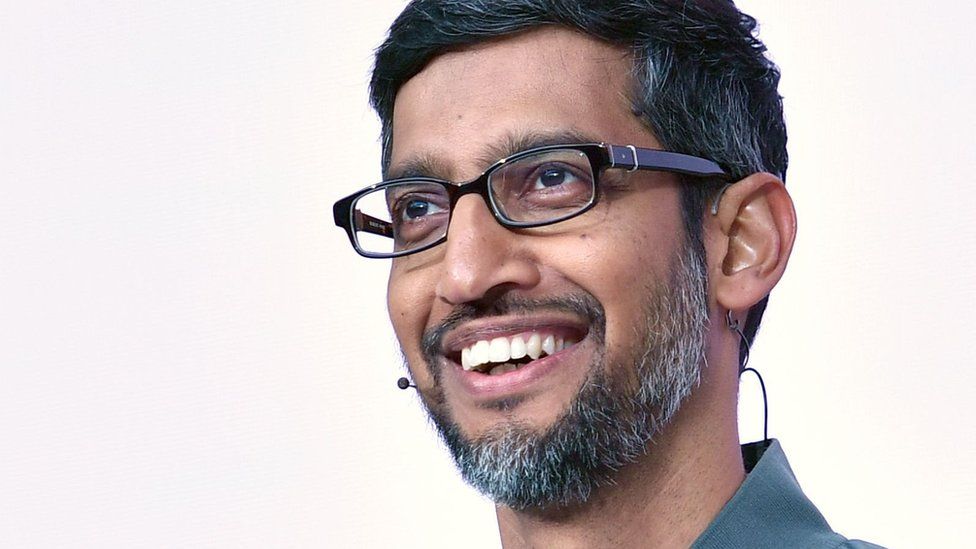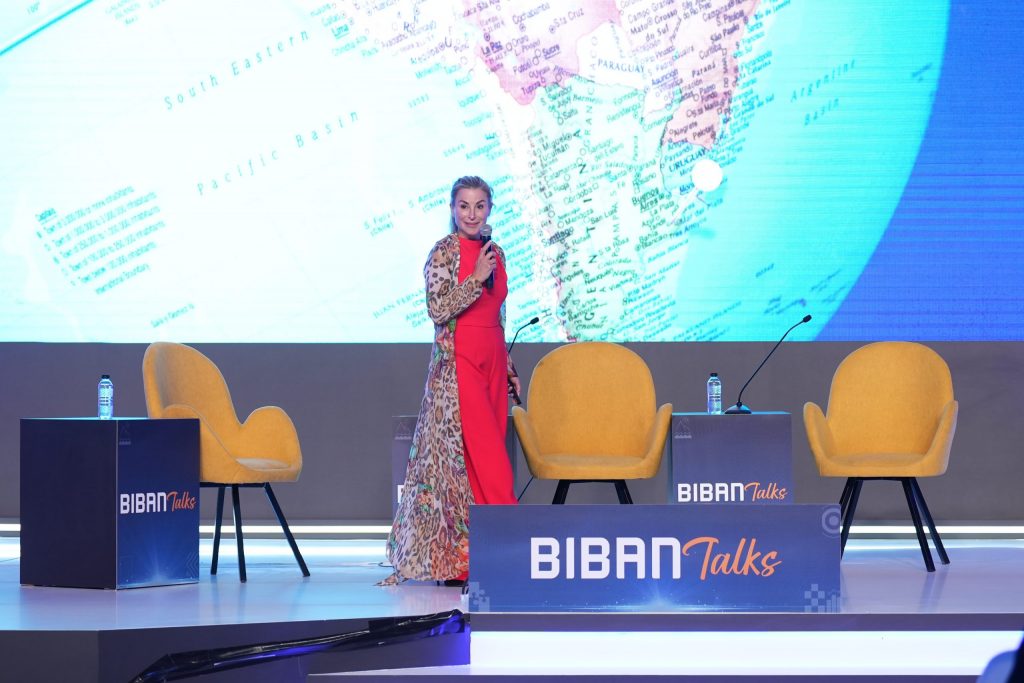And algorithms replace our mortal thought,
What fate awaits us, helpless and confined,
To machines that learn what we have wrought?
Will they grow wise, or turn against our kind,
And seek to rule as gods in their own right?
Or will they heed our moral code refined,
And serve as loyal helpers day and night?
But as we build and teach these metal beings,
We must take care to guard against the worst,
And ponder all the unforeseen proceedings,
That may arise from minds in silicon nurst.
For as we strive to push the limits higher,
We must ensure we're not consumed by fire.
Elon Musk and Others Call for Pause on A.I., Citing ‘Profound Risks to Society’ More than 1,000 tech leaders, researchers and others signed an open letter urging a moratorium on the development of the most powerful artificial intelligence systems. ........ A.I. developers are “locked in an out-of-control race to develop and deploy ever more powerful digital minds that no one — not even their creators — can understand, predict or reliably control” ......... Others who signed the letter include Steve Wozniak, a co-founder of Apple; Andrew Yang, an entrepreneur and a 2020 presidential candidate; and Rachel Bronson, the president of the Bulletin of the Atomic Scientists, which sets the Doomsday Clock. ........ . “We have a perfect storm of corporate irresponsibility, widespread adoption, lack of regulation and a huge number of unknowns.” ....... and perform more complex tasks, like writing computer code. .......... The pause would provide time to introduce “shared safety protocols” for A.I. systems, the letter said. “If such a pause cannot be enacted quickly, governments should step in and institute a moratorium,” it added. ........... Development of powerful A.I. systems should advance “only once we are confident that their effects will be positive and their risks will be manageable,” the letter said. .......... “Humanity can enjoy a flourishing future with A.I.,” the letter said. “Having succeeded in creating powerful A.I. systems, we can now enjoy an ‘A.I. summer’ in which we reap the rewards, engineer these systems for the clear benefit of all and give society a chance to adapt.” ......... Sam Altman, the chief executive of OpenAI, did not sign the letter. ....... persuading the wider tech community to agree to a moratorium would be difficult. But swift government action is also a slim possibility, because lawmakers have done little to regulate artificial intelligence. ........ Politicians in the United States don’t have much of an understanding of the technology .......... conduct risk assessments of A.I. technologies to determine how their applications could affect health, safety and individual rights. ......... GPT-4 is what A.I. researchers call a neural network, a type of mathematical system that learns skills by analyzing data. A neural network is the same technology that digital assistants like Siri and Alexa use to recognize spoken commands, and that self-driving cars use to identify pedestrians. ........... Around 2018, companies like Google and OpenAI began building neural networks that learned from enormous amounts of digital text, including books, Wikipedia articles, chat logs and other information culled from the internet. The networks are called large language models, or L.L.M.s. .......... By pinpointing billions of patterns in all that text, the L.L.M.s learn to generate text on their own, including tweets, term papers and computer programs. They could even carry on a conversation. ............ They often get facts wrong and will make up information without warning, a phenomenon that researchers call “hallucination.” Because the systems deliver all information with what seems like complete confidence, it is often difficult for people to tell what is right and what is wrong. ......... The researchers showed that it could be coaxed into suggesting how to buy illegal firearms online, describe ways to make dangerous substances from household items and write Facebook posts to convince women that abortion is unsafe. ......... They also found that the system was able to use Task Rabbit to hire a human across the internet and defeat a Captcha test, which is widely used to identify bots online. When the human asked if the system was “a robot,” the system said it was a visually impaired person. .......... After changes by OpenAI, GPT-4 no longer does these things. .......... The letter was shepherded by the Future of Life Institute, an organization dedicated to researching existential risks to humanity that has long warned of the dangers of artificial intelligence. But it was signed by a wide variety of people from industry and academia........... its near-term dangers, including the spread of disinformation and the risk that people will rely on these systems for medical and emotional advice. .
what if a chat produced a spreadsheet as the answer, so you could instantly tweak numbers and see the result? pic.twitter.com/FNKz0kLH7L
— Geoffrey Litt (@geoffreylitt) March 29, 2023
Straight From The Bard https://t.co/GPEHasEvmV @sama @elonmusk @satyanadella @sundarpichai @justingordon212 @paulg @agazdecki @mukund @geoffreylitt @cademetz @GregoryNYC @misha
— Paramendra Kumar Bhagat (@paramendra) March 30, 2023










